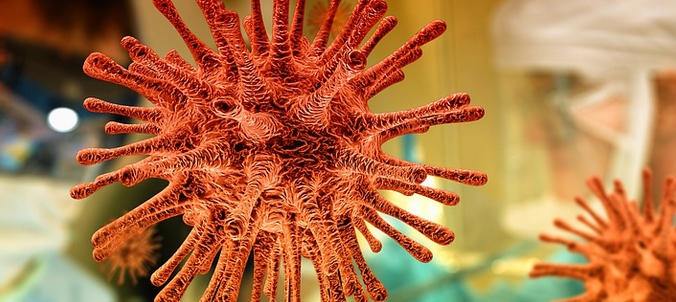The Importance of Physical and Chemical Properties
As we delve deeper into the world of chemistry, we encounter the concepts of physical and chemical properties. These properties are vital in understanding how different substances interact with each other and how they can undergo changes. Physical properties refer to the characteristics of a substance that can be observed or measured without changing its chemical identity. Examples of physical properties include color, density, and melting point. On the other hand, chemical properties refer to the ability of a substance to undergo chemical reactions and form new substances. Understanding these properties is crucial in predicting how a substance will behave in different situations.
Physical Changes
Physical changes are changes in the physical properties of a substance without changing its chemical identity. Examples of physical changes include changes in state (solid, liquid, or gas), changes in shape, and changes in size. A common example of a physical change is the melting of ice. When ice melts, it changes from a solid to a liquid, but the chemical identity of water remains the same. Physical changes can be reversed by changing the conditions of the substance, such as by changing the temperature or pressure.
Factors Affecting Physical Changes
The physical properties of a substance can be affected by several factors, such as temperature, pressure, and the presence of other substances. For example, increasing the temperature of a substance can cause it to expand, while decreasing the temperature can cause it to contract. Similarly, increasing the pressure of a gas can cause it to condense into a liquid, while decreasing the pressure can cause it to expand into a gas.
Chemical Changes
Chemical changes are changes in the chemical identity of a substance. During a chemical change, the atoms of the substance rearrange themselves to form new substances with different properties. Examples of chemical changes include the digestion of food, the burning of wood, and the rusting of iron. Chemical changes cannot be reversed by changing the conditions of the substance.
Factors Affecting Chemical Changes
Several factors can affect the rate and extent of chemical changes, such as temperature, concentration, and the presence of a catalyst. For example, increasing the temperature of a reaction can increase the rate of the reaction, while adding a catalyst can speed up the reaction without being consumed itself.
Conclusion
In conclusion, understanding physical and chemical properties and changes is crucial in chemistry. Physical changes are changes in the physical properties of a substance without changing its chemical identity, while chemical changes are changes in the chemical identity of a substance. Factors such as temperature, pressure, and the presence of other substances can affect both physical and chemical changes. By studying these properties and changes, we can predict and control the behavior of different substances, leading to new discoveries and applications in various fields.

